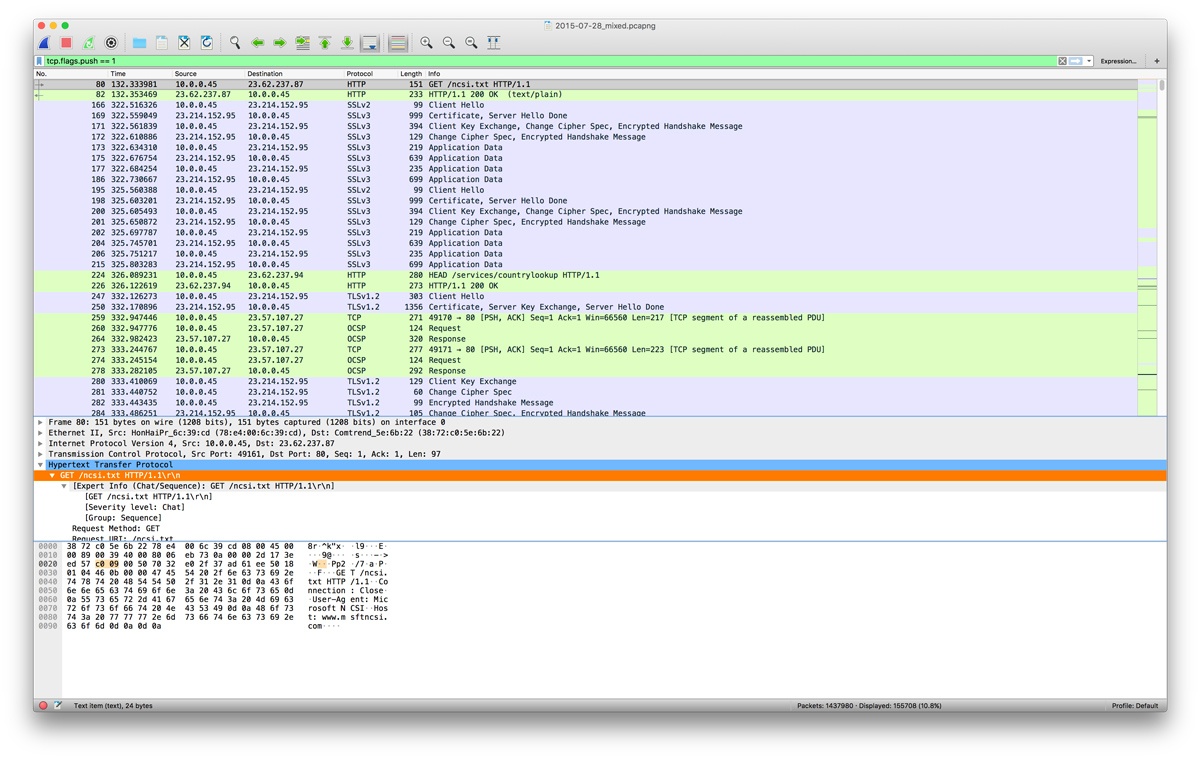
The display filter syntax is not identical to the capture filter syntax. It is also possible to filter the telegrams of an already captured file. In this case the "display filter" is to be used (refer to FAQ 100535). In Wireshark open the menu point "Edit" -> "Capture filters", and enter there a name which you want and for the Filter string.

It is also possible combining several expresions.
Filter expression for capturing only Ether-S-Bus telegrams:. Filtering telegrams coming from or going to a specific IP address (traffic from both, TCP/IP and UDP/IP will be captured). This filter will be applied for the next capture. In this window a capture filter can be set: This language is explained in the tcpdump man page ( Procedureįor configuing a capture filter open the "Capture Options" window from the menu "Capture" -> "Options". Wireshark as well as Ethereal do use the pcap filter language for capture filters. This is done to reduce the size of the resulting capture (file) and is especially useful on high traffic networks or for long term capturing. The display filter syntax to filter out addresses between 192.168.1.1 – 192.168.1.255 would be ip.addr=192.168.1.0/24 and if you are comfortable with IP subnetting, you can alter the /24 to change the range.The free ethernet analyzer Wireshark do offer a capture filter that allows capturing telegrams on an IP network based on the source- and destination station or the TCP- or UDP port.Ĭapture Filters are used to filter out uninteresting packets already at capture time. However, if the addresses are contiguous or in the same subnet, you might be able to get away with a subnet filter. One time-consuming approach would be to literally type out all the addresses you want to filter on. In this video, I respond to a question from one of my readers who wanted to create a display filter for many IP addresses. In either case, you will need to use a display filter to narrow the traffic down. Even when you have a capture filter, it may be too generic. 
You may not know what to focus on when you capture packets, resulting in no capture filter.

A display filter is configured after you have captured your packets. A capture filter is configured prior to starting your capture and affects what packets are captured. Note that in Wireshark, display and capture filter syntax are completely different. In this video, I review the two most common filters in Wireshark. One of the keys to being an effective network troubleshooter when using a protocol analyzer is the ability to see patterns, which is where filters come into play.







 0 kommentar(er)
0 kommentar(er)
